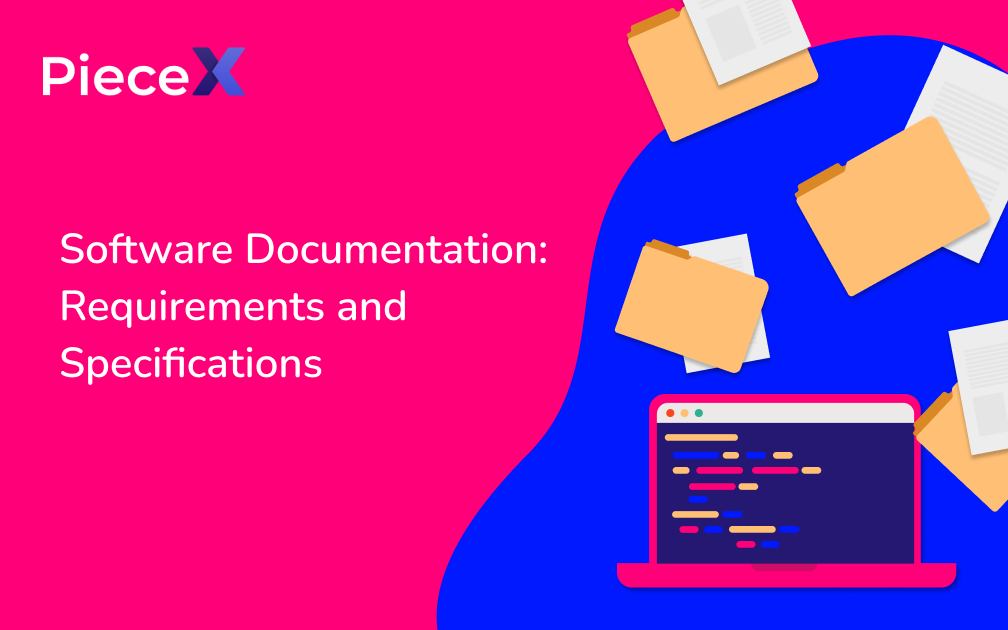
Welcome to the wonderful world of software documentation, where clarity meets creativity, and precision blends with playfulness. In this article, we will embark on an exciting journey to explore the ins and outs of software documentation. Buckle up as we delve into the importance, types, best practices, and tools that make software documentation an indispensable aspect of every successful software development project.
Understanding Software Documentation
Software documentation is the holy grail that brings order to the complex realm of software development. It encompasses a wide range of materials designed to facilitate understanding, communication, and collaboration among stakeholders. User documentation, technical documentation, and system documentation are the three key categories that shape this fascinating domain.
User documentation, our trusty guide, helps users navigate through software applications effortlessly. It includes user manuals, tutorials, FAQs, and any material that helps users get the most out of the software.
Technical documentation, on the other hand, caters to developers and engineers. It comprises APIs, SDKs, code samples, and in-depth technical guides.
Lastly, system documentation paints the big picture by documenting the architecture, workflows, and integrations of the software.
Software Requirements: The Building Blocks
Imagine constructing a magnificent skyscraper without a blueprint. Software development without requirements is no different. Software requirements define what the software should do, and they play a vital role in shaping its functionality. Gathering requirements involves close collaboration between developers, clients, and end-users to ensure the software meets their needs.
Functional requirements outline the software’s core functionalities and user interactions. Non-functional requirements, on the other hand, focus on the software’s performance, security, and other quality attributes.
To document requirements effectively, clear and concise writing is crucial. By utilizing the power of language and context, requirements can be expressed in a manner that eliminates ambiguity and confusion.
Software Specifications
If requirements are the foundation, specifications are the intricate details that bring a software system to life. Specifications dig deeper into the implementation details, outlining design, performance, and interface requirements.
Design specifications provide a blueprint for the software’s internal workings, defining the structure, modules, and algorithms that make it tick.
Performance specifications set the performance benchmarks, ensuring the software operates within acceptable speed and resource limits.
Interface specifications govern how the software communicates with external systems or components, establishing protocols and data formats.
To write effective specifications, one must clearly communicate the technical aspects while considering the needs and perspectives of various stakeholders. Bridging the gap between technical jargon and plain language helps foster a common understanding among team members.
Documenting Software Changes and Updates
In the ever-evolving landscape of software development, change is inevitable. Documenting changes and updates is not only important for maintaining clarity but also for ensuring the smooth evolution of the software. Change management processes provide a structured approach to handle modifications, involving proper documentation of the changes, their impact, and associated risks.
Version control and user documentation tracking tools help manage the various iterations of the software and its accompanying documentation. By maintaining accurate and up-to-date records, teams can effectively track changes, understand the evolution of the software, and revert to previous versions if needed.
Tools and Best Practices for Software Documentation
In the realm of software documentation, technology acts as a trusted ally. Various documentation tools and technologies simplify the process, enabling teams to create, manage, and collaborate on documentation efficiently. Choosing the right tools depends on the specific requirements of the project, considering factors such as ease of use, collaboration features, and integration capabilities.
Best practices are the guiding principles that help create documentation that is clear, organized, and engaging. A well-structured document ensures easy navigation and comprehension, while the inclusion of diagrams, visuals, and examples adds a touch of liveliness to the content. Regular reviews and updates keep documentation relevant and accurate, ensuring it remains a valuable asset throughout the software development lifecycle to result in successful software development.
Conclusion
As we bid farewell to our exploration of software documentation, we are reminded of its paramount importance in the world of software development. Through user documentation, technical documentation, and system documentation, we empower users, guide developers, and provide a holistic view of software systems.
By understanding the significance of requirements, specifications, and the art of change management, we lay the groundwork for successful software development projects. Armed with the right tools and best practices, we unlock the true potential of successful software development, fostering collaboration, clarity, and innovation.
So, dear readers, let us embark on our software development journeys with a renewed commitment to prioritize software documentation. Let us ensure that the foundation is solid, the details are vivid, and the changes are documented. With software documentation as our guiding star, we shall conquer the realms of software development with confidence and ease.
For more articles such as this, make sure to check out our PieceX Knowledgebase Blog.
